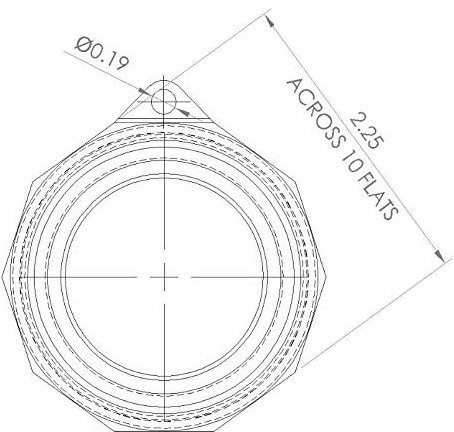
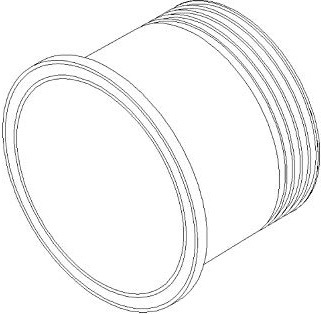
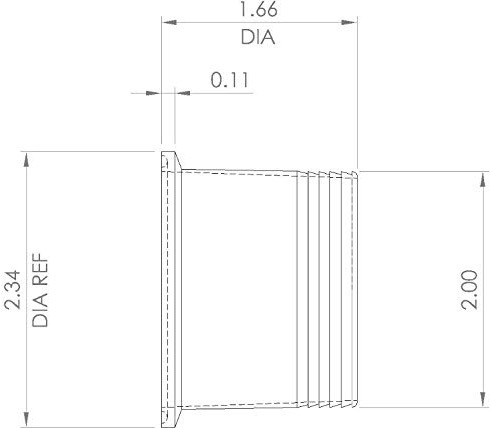

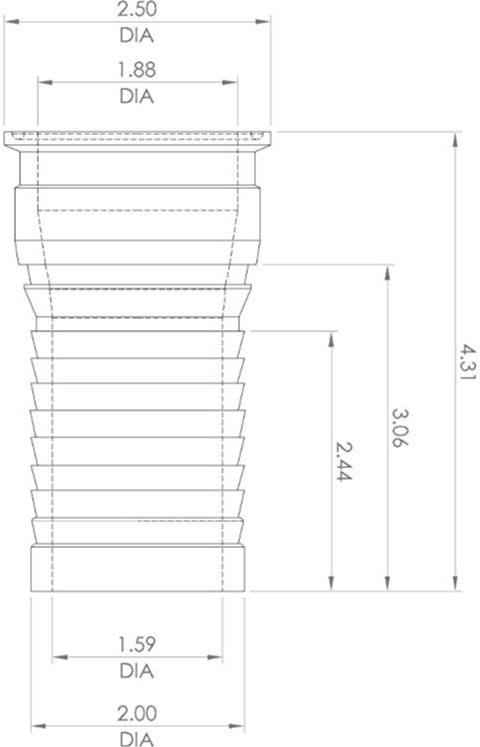
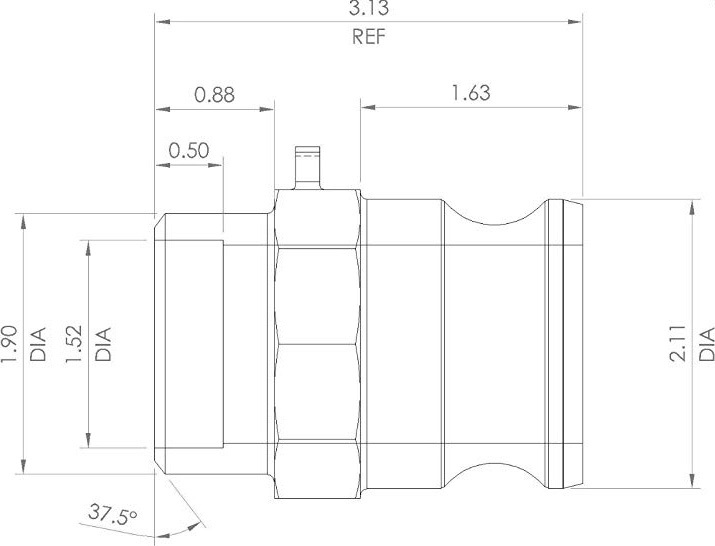
EU-AU Polyurethane Rubber
Polyurethane falls into two main classes: polyester (AU) and polyether (EU)
Notable for their combination of hardness with elasticity, outstanding abrasion resistance and tear strength as compared to other elastomers.




Benefits of EU-AU Polyurethane Rubber
Polyurethane falls into two main classes: polyester (AU) and polyether (EU) and both are notable for their combination of hardness with elasticity, outstanding abrasion resistance and tear strength as compared to other elastomers.
These characteristics provide superior performance in hydraulic applications with high pressures, abrasive contamination and shock loads.
EU AU has outstanding tensile strength, low compression set and good resistance to oxidation, ozone, silicone fluids and weather. It also has excellent resistance to air, alcohols, mineral oil and sunlight resistance.
Depending on the individual polyurethane type the operating temperatures range from below -50 °C/-58 °F up to +110 °C/+230 °F, temporary even higher, is feasible. Fluid compatibility is similar to that of nitrile at temperatures up to approximately 175 °F.
EU AU has poor resistance to water and poor high temperature capabilities. At higher temperatures polyurethane has a tendency to soften and lose both strength and fluid resistance advantages over other elastomers.
Provide superior performance in hydraulic applications
Excellent resistance to air, alcohols, mineral oil and sunlight resistance.
Operating temperatures range from below -50 °C/-58 °F up to +110 °C/+230 °F
Fluid compatibility is similar to that of nitrile at temperatures up to approximately 175 °F.
EU AU has poor resistance to water and poor high temperature capabilities
Case Studies
We Work with Leading Companies and High Performance Teams within Engineering and Procurement
Here are some Case Studies of Companies that Goodflex Work with Day to Day













